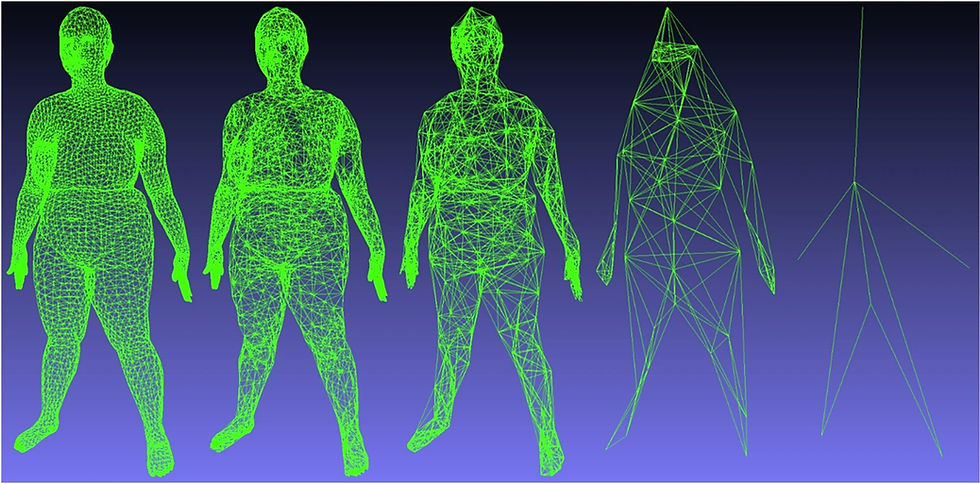AI helps researchers to demystify gut bacteria
- owenhaskins
- Jul 7
- 3 min read
Researchers from the University of Tokyo have used a special kind of artificial intelligence (AI) called a Bayesian neural network to probe a dataset of gut bacteria in order to find relationships that current analytical tools could not reliably identify.

The human body includes about 30 trillion to 40 trillion cells, but your intestines contain about 100 trillion gut bacteria. Technically, you're carrying around more cells that aren't part of you than are. These gut bacteria are of course responsible for some aspects of digestion, though what's surprising to some is how they can relate to many other aspects of human health as well.
The bacteria are incredibly varied and also produce and modify a bewildering number of different chemicals called metabolites. These act like molecular messengers, permeating your body, affecting everything from your immune system and metabolism to your brain function and mood. Needless to say, there's much to gain by understanding gut bacteria.
"The problem is that we're only beginning to understand which bacteria produce which human metabolites and how these relationships change in different diseases," said Project Researcher Tung Dang from the Tsunoda lab in the Department of Biological Sciences. "By accurately mapping these bacteria-chemical relationships, we could potentially develop personalised treatments. Imagine being able to grow a specific bacterium to produce beneficial human metabolites or designing targeted therapies that modify these metabolites to treat diseases."

There are uncountably many and varied bacteria and metabolites, and therefore far more relationships between these things. Gathering data on this alone is a monumental undertaking, but unpicking that data to find interesting patterns that might betray some useful function is even more so. To do this, Dang and his team decided to explore the use of state-of-the-art AI tools.
"Our system, VBayesMM, automatically distinguishes the key players that significantly influence metabolites from the vast background of less relevant microbes, while also acknowledging uncertainty about the predicted relationships, rather than providing overconfident but potentially wrong answers," said Dang. "When tested on real data from sleep disorder, obesity and cancer studies, our approach consistently outperformed existing methods and identified specific bacterial families that align with known biological processes, giving confidence that it discovers real biological relationships rather than meaningless statistical patterns."
As VBayesMM can handle and communicate issues of uncertainty, it gives researchers more confidence than a tool which does not. Even though the system is optimised to cope with heavy analytical workloads, mining such huge datasets still comes with high computational cost.
However, as time goes on, this will become less and less of a barrier to those wishing to use them.
Other limitations at present include that the system benefits from having more data about the gut bacteria than the metabolites they produce; when there's insufficient bacteria data, the accuracy drops. Also, VBayesMM assumes the microbes act independently, but in reality, gut bacteria interact in an incredibly complex number of ways.
"We plan to work with more comprehensive chemical datasets that capture the complete range of bacterial products, though this creates new challenges in determining whether chemicals come from bacteria, the human body or external sources like diet," conclude Dang. "We also aim to make VBayesMM more robust when analysing diverse patient populations, incorporating bacterial 'family tree' relationships to make better predictions, and further reducing the computational time needed for analysis.
For clinical applications, the ultimate goal is identifying specific bacterial targets for treatments or dietary interventions that could actually help patients, moving from basic research toward practical medical applications."
The findings were reported in the paper, 'Variational Bayesian neural network to prioritize important relationships of high dimensional microbiome multiomics data,' published in Briefings In Bioinformatics. To access this paper, please click here





Comments